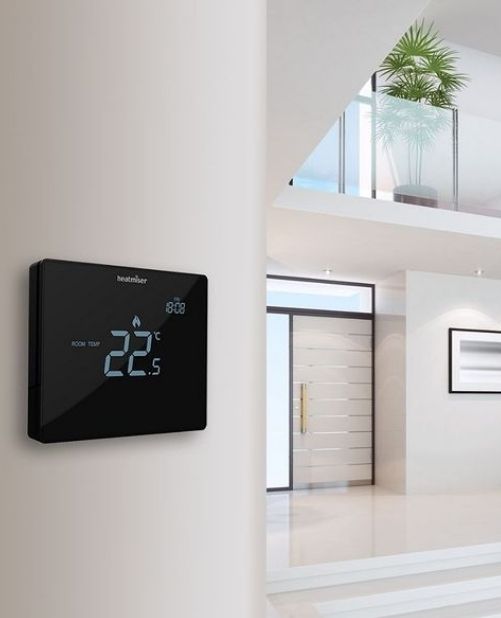Keep track of the project
Before you sign off on any design, ensure that it will meet the requirements of the planning authorities. Find out everything you can about the planning process. Keep track of your application’s progress and be ready to change or even reverse course. Keep an eye on the big picture. It’s not a crusade for a specific idea; it’s a desire to build your own home.
Consider your future plans
Consider how long you intend to stay in your new home. If it’s forever then all or any of your decisions can be totally tailored to you and your family. If you’re planning to relocate, you should keep an eye on the market and potential resale.
Keep your budget in mind
Your building budget is the sum of your total budget minus the cost of land. Make it clear to any designer that your budget is sacred. Anything they design for you must be able to be built within that budget. If it isn’t, then whatever they produce isn’t fit for purpose. Most projects generate a cushion of new equity, there are very few self-build disasters. Before you start looking for land or thinking about design, figure out your total budget. Calculate your liquid assets and equity, then multiply by your borrowing capacity to get your total budget, which you must stick to. Then, add at least 10% as a contingency, because the tighter the budget, the more stress there will be, especially at the end.


